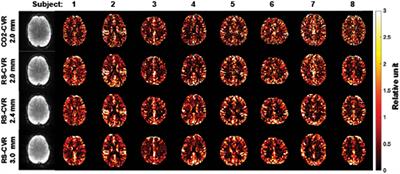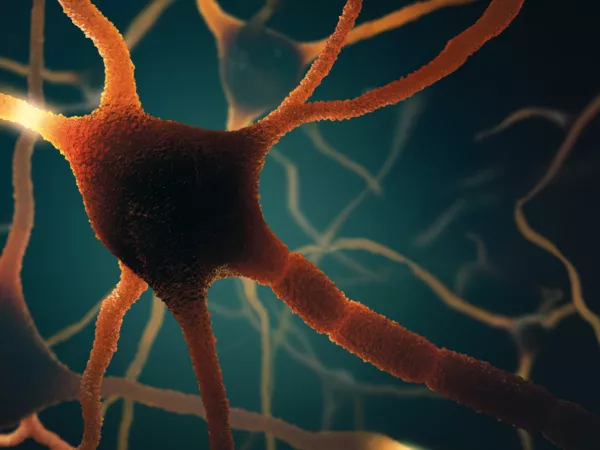EDITORIAL
Published on 18 Jun 2024
Editorial: Visualization and assessment of cerebral vasculature, cerebrospinal fluids, and the brain parenchyma in dementia and aging
doi 10.3389/fnagi.2024.1443028
- 1,053 views
3,279
Total downloads
18k
Total views and downloads
Select the journal/section where you want your idea to be submitted:
EDITORIAL
Published on 18 Jun 2024
REVIEW
Published on 18 Mar 2024
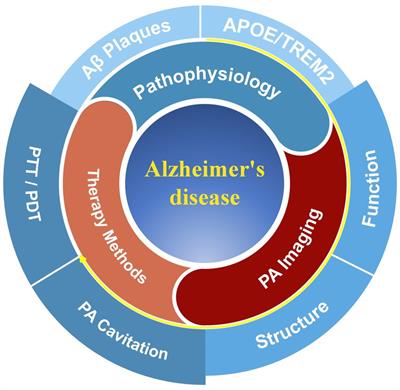
ORIGINAL RESEARCH
Published on 15 Mar 2024
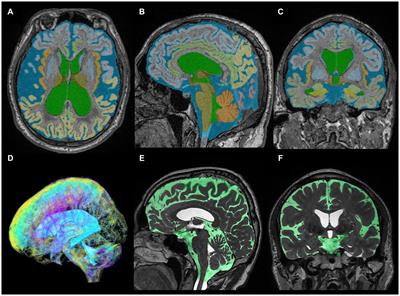
ORIGINAL RESEARCH
Published on 15 Feb 2024
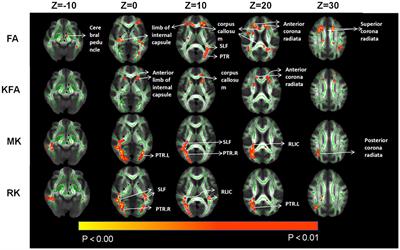
ORIGINAL RESEARCH
Published on 14 Dec 2023

BRIEF RESEARCH REPORT
Published on 20 Jul 2023
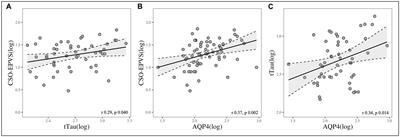
ORIGINAL RESEARCH
Published on 26 Jun 2023
